Contact Us
STATEN ISLAND FIBERAMA
STATEN ISLAND FIBERAMA
When it comes to enhancing the functionality and aesthetic appeal of your home, selecting the right door awning is crucial. According to Mark Johnson, a renowned expert in the exterior home improvement industry, "A well-chosen door awning not only protects your entryway from the elements but also enhances your home's curb appeal." With so many options available, it can be overwhelming to decide which style, material, and size best suits your needs.

In this article, we will explore ten essential tips to help you navigate the selection process for the perfect door awning. From considering weather conditions in your area to choosing colors that complement your home’s architecture, these tips will guide you in making an informed decision that meets both practical and aesthetic requirements. Whether you are looking for a sleek contemporary design or a classic vintage look, understanding your options is key to finding an awning that truly elevates your home's exterior. Let's dive into these invaluable insights and transform your entryway with the ideal door awning.
When choosing a door awning, the material you select plays a crucial role in ensuring durability and longevity. Several factors influence this decision, including climate, exposure to sunlight, and personal style preferences. For example, if you live in an area with heavy rainfall, opting for materials like aluminum or polycarbonate can provide excellent protection without deteriorating over time. These materials are resilient against the elements, ensuring your awning remains functional and aesthetically pleasing for years to come.
Additionally, consider the maintenance requirements of each material. While wood offers a classic look, it may require regular upkeep to prevent rot and weathering. In contrast, vinyl awnings are relatively low-maintenance and resistant to fading, making them ideal for busy households.
Tip 1: Always test samples of the material in your home environment to see how they respond to sunlight and weather conditions.
Tip 2: Factor in the overall architectural style of your home to ensure that the awning complements your existing decor.
These considerations will guide you to make a well-informed decision for your perfect door awning.
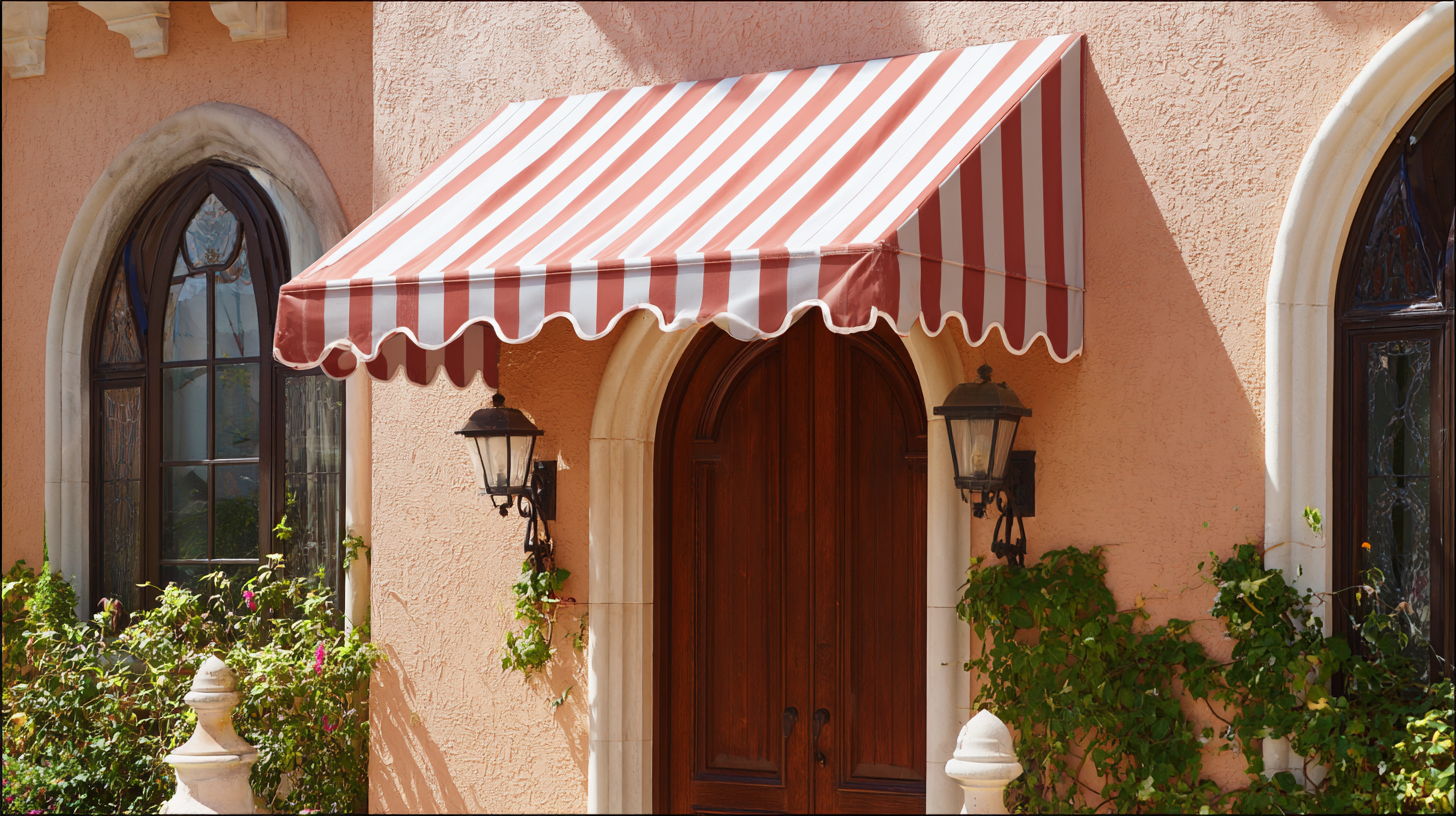
When considering the aesthetic impact of door awnings on home value, it's essential to recognize that these features do more than provide shelter; they significantly enhance the property's curb appeal. A well-chosen awning can complement the architectural style of a home, offering a cohesive look that attracts potential buyers. For instance, a sleek, modern awning can elevate a contemporary house, while a more ornate, vintage design might better suit a classic Victorian. The right color and material selection can also harmonize with existing elements like doors, windows, and siding, creating a unified exterior that showcases the home’s character.
In addition to visual appeal, door awnings can increase perceived home value by adding functional benefits. They not only protect entrances from the elements but also create an inviting entranceway that suggests attention to detail. This can be particularly appealing in real estate markets where outdoor living spaces are valued. Buyers often see practical features as investments in future savings, making homes with high-quality awnings more attractive. Ultimately, a thoughtfully designed door awning serves as both a style enhancement and a smart investment in a home's overall marketability.
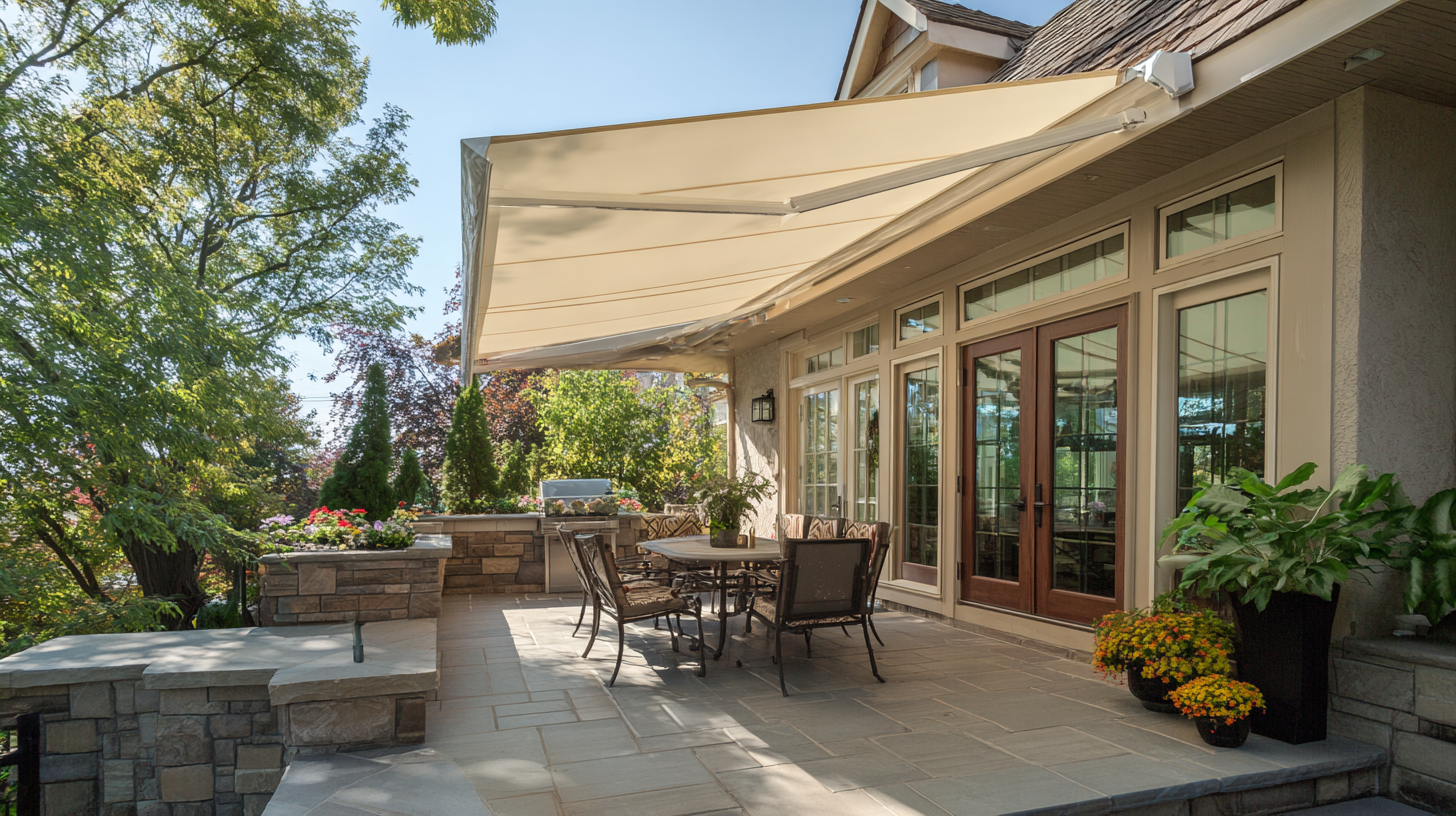
When selecting the perfect door awning for your home, one key consideration is its weather resistance. Just as Wisconsin farmers are reassessing their strategies in the face of extreme weather fluctuations, homeowners should be vigilant about how different awning materials perform under various conditions. An awning that can withstand heavy rain and high winds is crucial for protecting your entrance and extending the life of your exterior.
Choose awnings made of durable, weather-resistant fabrics like acrylic or vinyl, which are designed to repel moisture and resist fading. Additionally, consider the structure of your awning; robust frames made from aluminum or steel are likely to withstand harsh weather better than plastic alternatives. Ensure that the awning is appropriately pitched to allow for effective water runoff, minimizing the risk of leaks and water damage over time.
Moreover, evaluating the performance of different awning types amid changing climates can help you make an informed decision. For instance, retractable awnings offer flexibility, allowing you to extend or retract them based on the weather. Understanding these nuances will not only enhance your home's curb appeal but also provide substantial protection against the elements.
| Awning Type | Weather Resistance | Durability (Years) | Maintenance Level | Cost Range ($) |
|---|---|---|---|---|
| Aluminum Awning | Excellent | 15-20 | Low | 300-800 |
| Fabric Awning | Moderate | 5-10 | Medium | 200-600 |
| Vinyl Awning | Good | 10-15 | Low | 250-700 |
| Retractable Awning | Very Good | 7-12 | High | 800-2000 |
| Polycarbonate Awning | Excellent | 20-25 | Low | 400-1000 |
When installing a door awning, size and fit are paramount to ensure functionality and aesthetic appeal. First, measure the area above your door to determine the appropriate width and projection of the awning. Ensure the awning extends far enough to shelter the entrance and minimize water runoff, ideally covering about 3-4 feet beyond the door on each side.
Selecting the right material is essential for durability and match with your home’s exterior. Polycarbonate, aluminum, and fabric awnings each come with unique benefits. Fabric awnings, for instance, are available in various colors and patterns, allowing for a customized look that enhances your home's curb appeal. However, make sure the fabric is weather-resistant and suitable for your local climate.
Lastly, consider the installation height of your awning. It should be positioned high enough to allow for head clearance but low enough to provide adequate protection from the elements. A good tip is to install the awning at a slight angle to facilitate water runoff while keeping the entryway dry. Proper considerations of these size and fit aspects will ensure your door awning not only serves its practical purpose but also complements your home’s architecture beautifully.
When choosing the perfect door awning for your home, it's crucial to conduct a thorough
cost-benefit analysis of various designs and features. A report by the
American Institute of Architects (AIA) indicates that homeowners can expect to recoup approximately 70%
of their investment in high-quality awnings when selling their homes. This figure underscores the significance of selecting an awning that
not only enhances Curb Appeal but also adds value.
The materials used in awning construction play a pivotal role in longevity and maintenance costs. According to the Architect’s Journal,
aluminum and fiberglass awnings generally require less maintenance and have a lifespan
of 15 to 20 years, while fabric awnings may last around 5 to 10 years, depending on their upkeep.
Although fabric options may initially be cheaper, the costs associated with regular cleanings and potential replacements can add up over time.
Therefore, investing in a durable material, while initially more expensive, can yield better
long-term savings and satisfaction, making it a sensible choice for discerning homeowners.
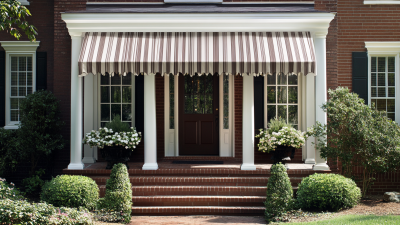


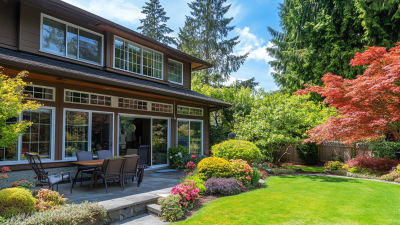
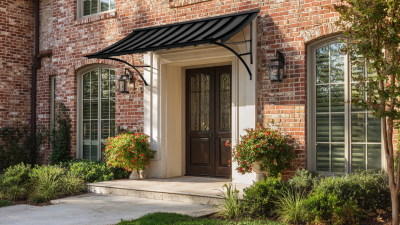

© 2025 Fiberama All Rights Reserved.
